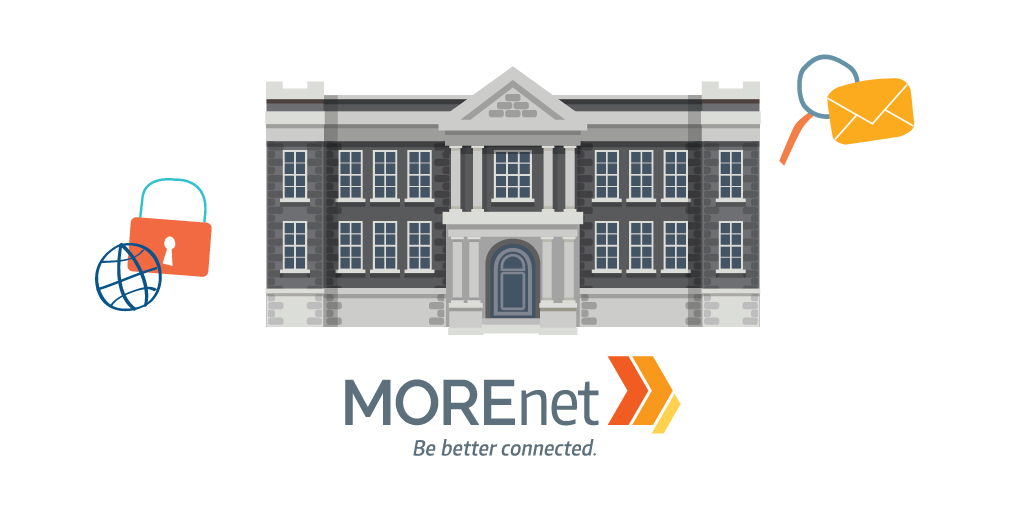
Cybersecurity threats are becoming more frequent, resourceful and dangerous. It is important for organizations to develop a strong fortress to protect assets, data and people. What are some of the best practices you can implement to protect against these adversaries?
- Execute proper controls to protect the network and devices, including the installation of anti-virus/anti-malware.
- Configure firewalls utilizing access control lists and bandwidth monitoring. Enable IDS/IPS.
- Use strong encryption methods on wireless access. Use passwords to restrict connections.
- Institute end user training to alert on suspicious emails and attachments. Remember it’s everyone’s responsibility to be cyber alert.
- Keep an inventory of hardware/software. Unauthorized apps and devices can disrupt the network and provide an opportunity for intrusion.
- Keep all hardware and software up to date. These updates usually include security patches and fixes.
- Use a VPN for remote connections to ensure that your transactions remain private.
- Use strong passwords. Longer equals stronger. Use passphrases; they are easier to remember and harder to hack. Enable two-factor authentication, which adds another layer of security to keep your credentials safe.
- Perform regular scanning and monitoring of the network. Knowing how your network functions on a daily basis can assist with discovering anomalies and threats when they arise.
- Allow access on a need to know basis. Control the use of privileges. Personnel with a higher level of permissions are prime targets for cyber crooks.
- Regularly schedule backups and test the restore process. Ensure that backups are offline.
- Disable services and ports that are not needed. This can cut the vulnerabilities down significantly.
- Develop, document and test an incident response plan. Should a cyber incident strike, this plan will assist with handling the issue efficiently, saving time and money in the response.
Standards and guidelines that can assist with securing your environment:
NIST Cybersecurity Framework
CIS Controls
